Sad-But-True Facts About Male Beauty Standards Around The World
Men are held to unrealistic expectations too.
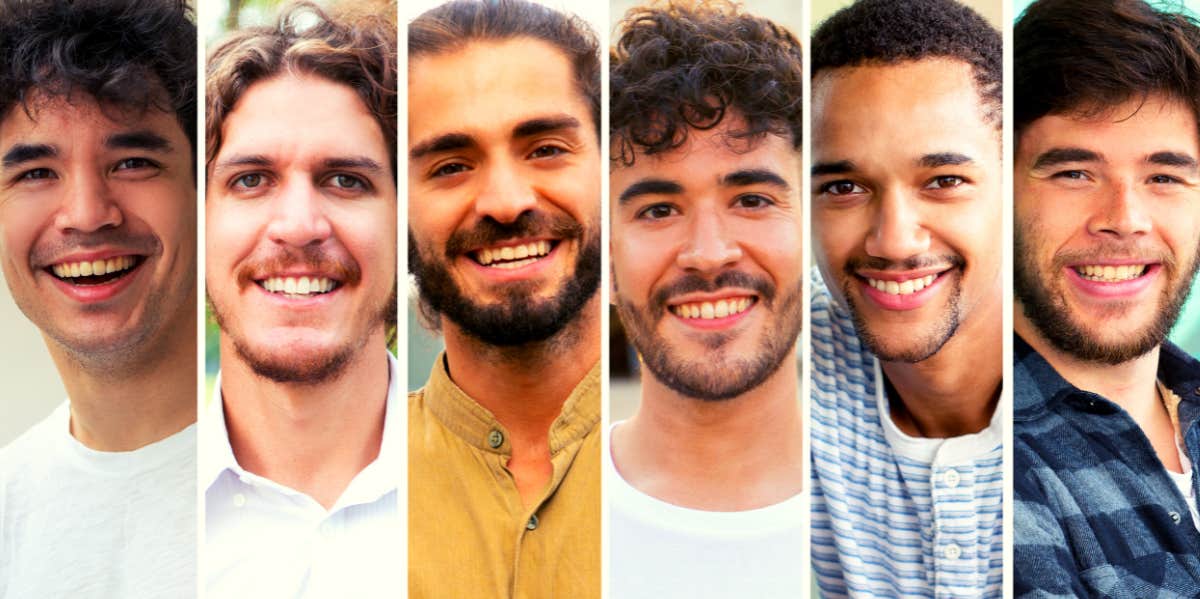 Mangostar / Shutterstock
Mangostar / Shutterstock As women, we're bombarded with images of what an "ideal" woman is supposed to look like.
In most cases, that woman is tall, thin, and has features that don’t seem to fit with those of any specific ethnicity. In other words, in a world where we’re all becoming more and more multi-ethnic and multi-cultural, defining the “perfect” beauty in any one way isn’t just unfair, it's also irrelevant.
Far too often, we think of beauty standards as something to which only women are held, but if we take a moment to look around us, we’ll notice that men, too, are being held to unrealistic expectations according to socially accepted male beauty standards.
While women still corner the market on body dissatisfaction thanks, in part, to both mainstream and social media, men aren’t too far behind. More and more, men are struggling with eating disorders and the shame that comes from not being “perfect." And similarly to how these ideals affect women and girls, young boys are also getting the brunt of this pressure.
Between 2012 and 2014, the number of beauty products for men increased by 70% worldwide. In 2013, men's skincare products raked in a cool $3.3 billion, and the global men's personal care industry is expected to reach annual earnings of $277 billion by 2030.
Whether we blame the media or concede to the possibility that men want in on the self-care action, the result is still the same: Men are genuinely concerned about their appearance.
Naturally, as mentioned above, what's considered ideal varies from country to country.
The folks at BuzzFeed took it upon themselves to dig a little deeper into male beauty standards around the world, focusing on twelve countries: the United States, Mexico, Brazil, South Africa, Nigeria, Turkey, Italy, the U.K., India, South Korea, the Philippines, and Australia.
Their data was compiled based on information available in professional publications, entertainment, and social media, as well as through an independent survey.
Here are some of the most interesting facts they uncovered about male beauty standards around the world.
3 Sad-But-True Facts About Male Beauty Standards Around The World
1. Masculine features are highly valued in media, even if women don't seem to agree in real life.
In the United States, male celebrities identified as the "hottest" were actors Chris Evans, Channing Tatum, and Chris Pratt; all of whom are fairly masculine, a quality with which most men struggle.
Channing Tatum
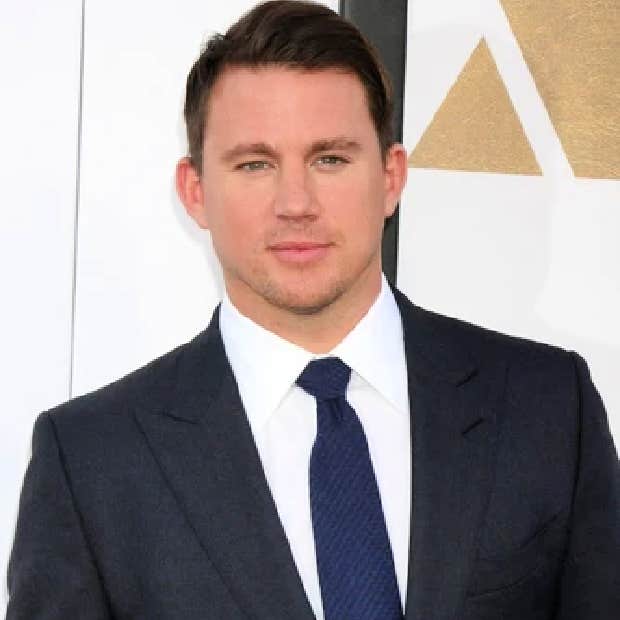 Photo: Kathy Hutchins/Shutterstock
Photo: Kathy Hutchins/Shutterstock
Chris Evans
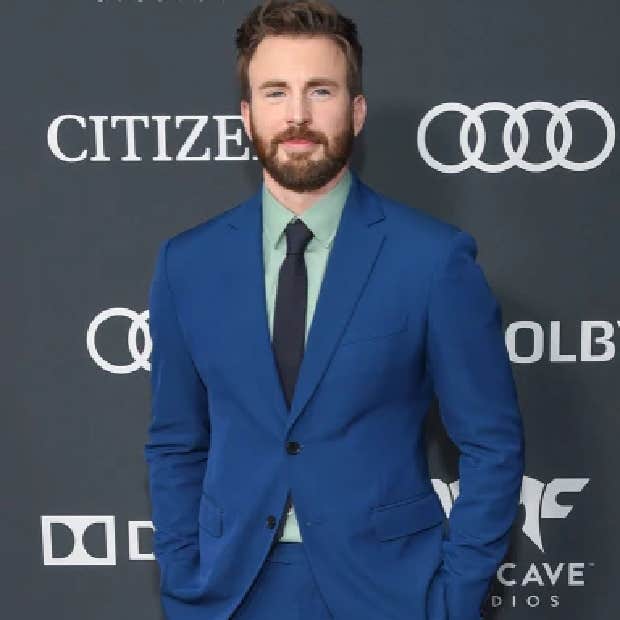 Photo: DFree/Shutterstock
Photo: DFree/Shutterstock
Chris Pratt
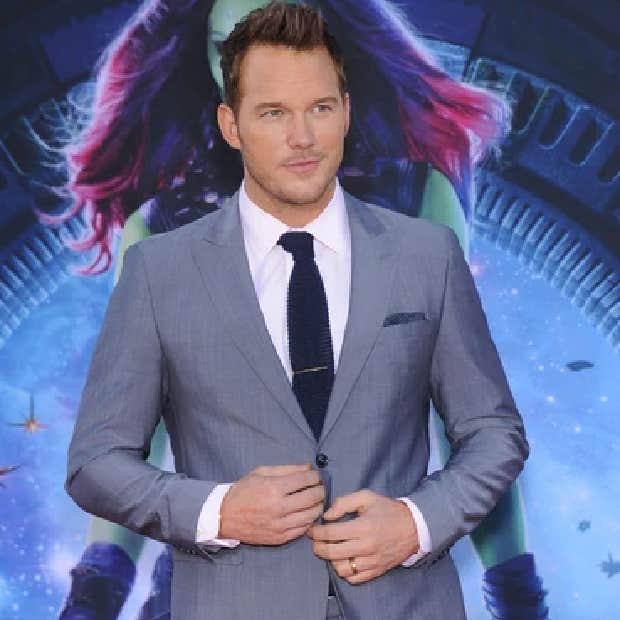 Photo: DFree/Shutterstock
Photo: DFree/Shutterstock
In both Turkey and Italy, masculinity doesn’t have as much importance as it does in countries like Nigeria and Mexico, where being macho is all the rage.
In fact, in Turkey and Italy, the ideal man is really into grooming their body hair (in Turkey, they wax it; in Italy, they style it), and in Italy, men will wear pinks and purples without batting an eye at how un-macho it might appear.
Western European countries account for 21% of sales in men’s skincare worldwide. if you’ve ever been to Italy, you know that’s no joke. Those men know how to put themselves together.
Interestingly, a 2014 study found that women are typically more attracted to men with feminine features. However, "women in urban areas tended to prefer masculine subjects while women in rural areas did not."
2. Men with fair skin are more heavily featured in media than men of color.
In the U.S., white, or at least fair skin, seems to reign supreme.
Since People Magazine first launched their ridiculous annual "Sexiest Man Alive" issue in 1985, only five out of the 31 winners to date have been men of color:
Denzel Washington (1996)
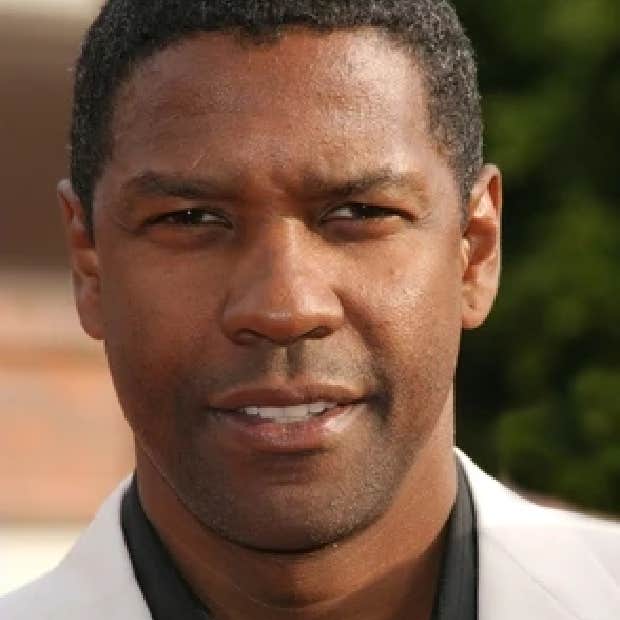 Photo: Joe Seer/Shutterstock
Photo: Joe Seer/Shutterstock
Dwayne "The Rock" Johnson (2016)
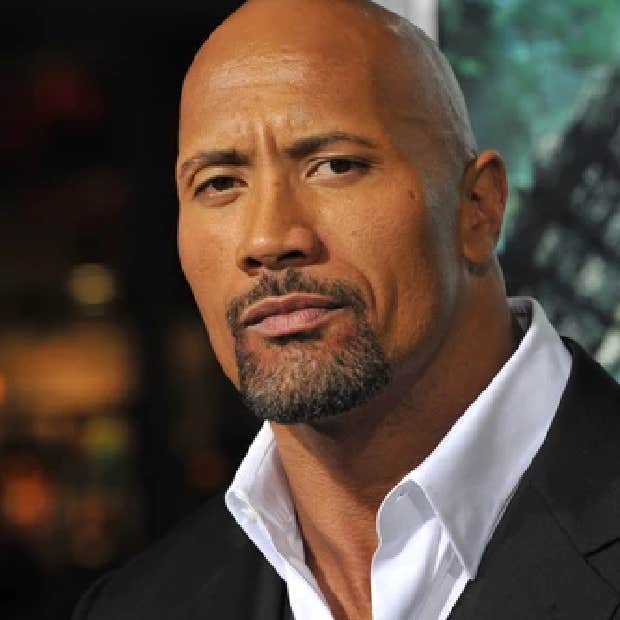 Photo: Jaguar PS/Shutterstock
Photo: Jaguar PS/Shutterstock
Idris Elba (2018)
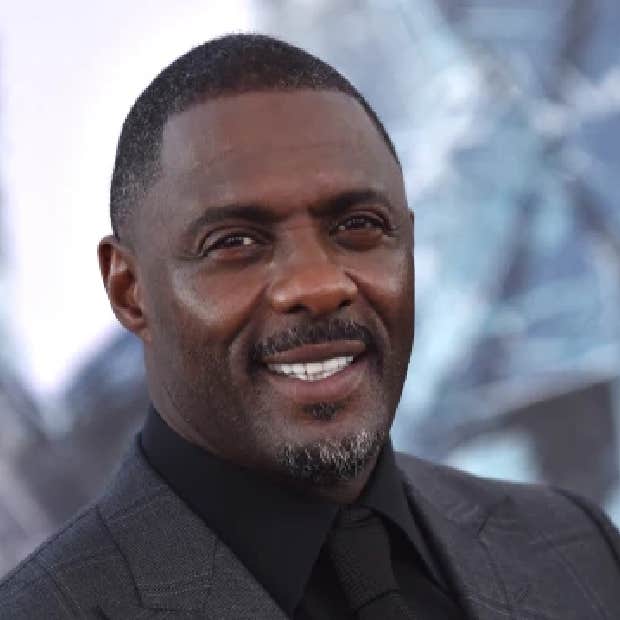 Photo: DFree/Shutterstock
Photo: DFree/Shutterstock
John Legend (2019)
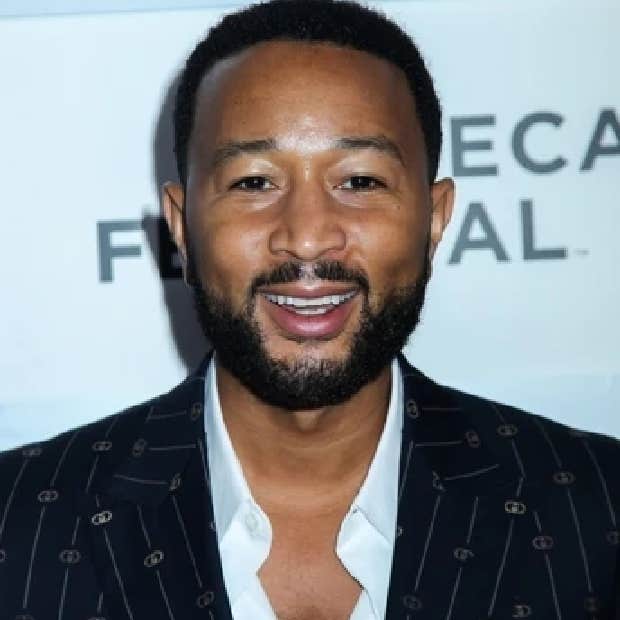 Photo: Miro Vrlik Photography/Shutterstock
Photo: Miro Vrlik Photography/Shutterstock
Michael B. Jordan (2020)
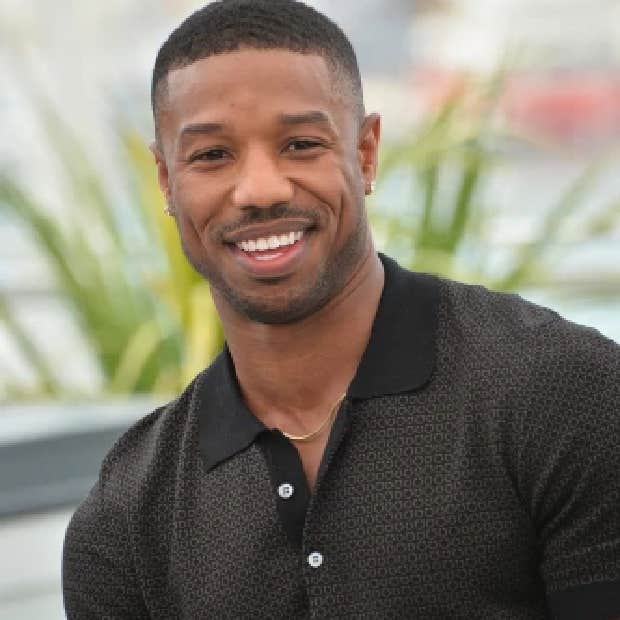 Photo: Featureflash Photo Agency / Shutterstock
Photo: Featureflash Photo Agency / Shutterstock
However, things may be changing.
According to UCLA's 2020 Hollywood Diversity Report, while white males accounted for 71% of all lead actors in theatrical films in 2015, those numbers are shifting quickly, with white males accounting for 55.9% of all lead actors in theatrical films In 2019.
Once we step out of the U.S., things don’t change all that much, as "white celebrities from America were the most cited out of any country when discussing foreign influence on the male beauty ideal."
Although, as of 2010, 7.6% of the population in Brazil identifies as black and 43.1% identifies as mixed race, "white men are considered to be more important than black men, and having straight, fair hair is part of their ideal of beauty."
And while, as of 2011, 79.6% of the population in South Africa identifies as black and only 8.9% of the population identifies as white, more than 77% of Men’s Health South Africa and GQ South Africa magazine covers featured white models in 2014.
Skin-lightening creams are, sadly, a popular item among men in South Africa, South Korea, and India.
3. Cosmetic surgery is becoming more common among men in several countries.
In Australia, many men go under the knife to procure perfection. The most common plastic surgeries for Aussie men are nose jobs, eyelid lifts, penis enlargements, liposuction, ear correction (because you’re not anything without perfect ears!), and facelifts.
Many of these procedures are also becoming normalized in Brazil and South Korea.
Although these facts represent opinions from only a handful of countries, one sentiment holds true in each: Men, like women, are under pressure to achieve unrealistic physical standards of perfection.
No one of any gender, race, or nationality is immune.
While we may not be able to stop the media from spoonfeeding us their thoughts on the subject, we can at least educate ourselves as best we can about how unrealistic these standards are.
Brown eyes don’t turn blue, many people will never be a size four, and wrinkles are not a bad thing but rather proof of a life well-lived and years of laughter.
I realize all of that’s easier to say than believe, but if we can at least say it, hopefully, in time, we can convince ourselves it's true.
Life is too short to hate your body for not meeting anyone else’s vision of perfection.
Amanda Chatel is a writer who divides her time between NYC and Paris. She's a regular contributor to Bustle and Glamour, with bylines at Harper's Bazaar, The Atlantic, Forbes, Livingly, Mic, The Bolde, Huffington Post and others.

